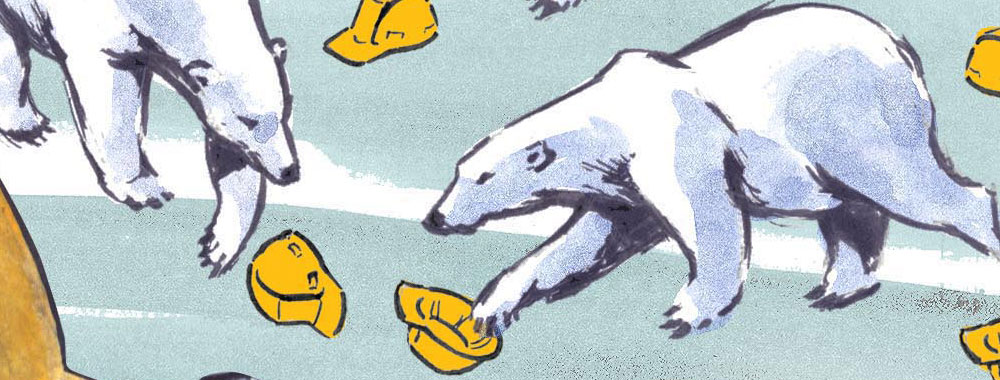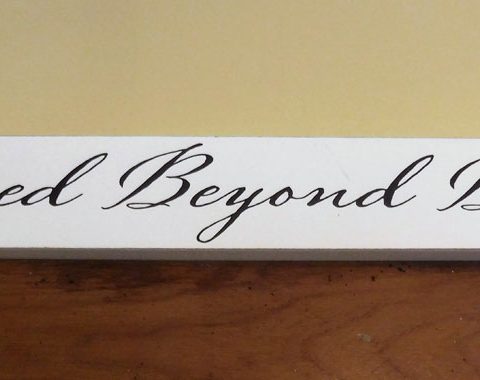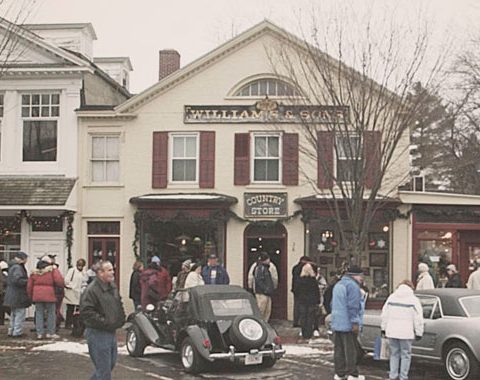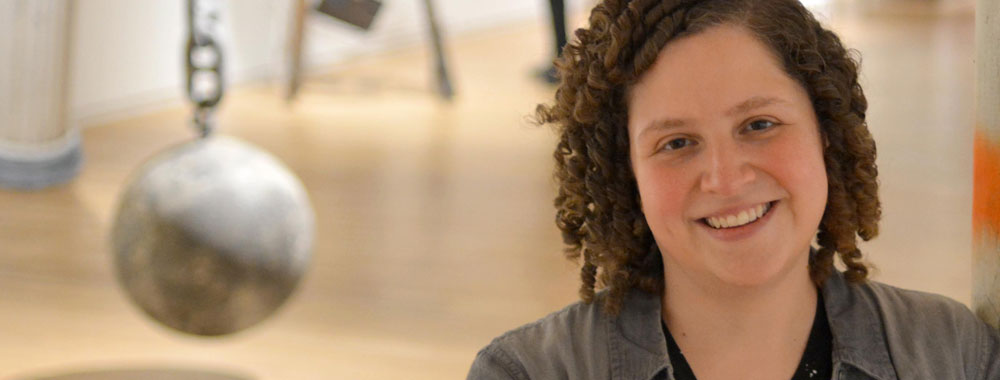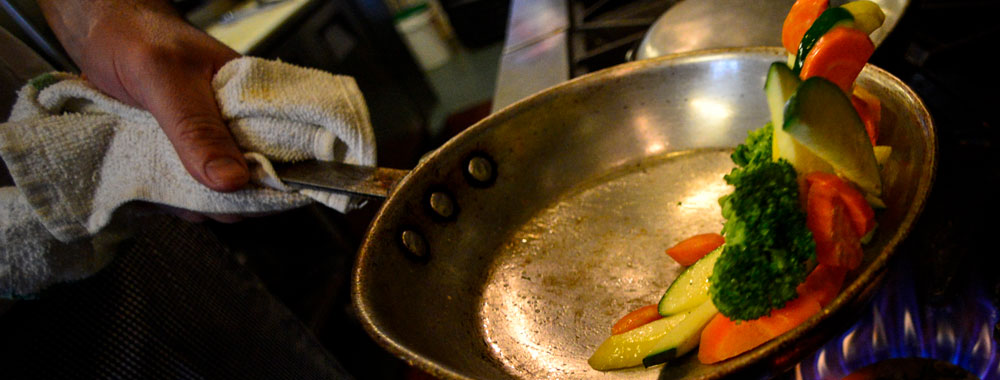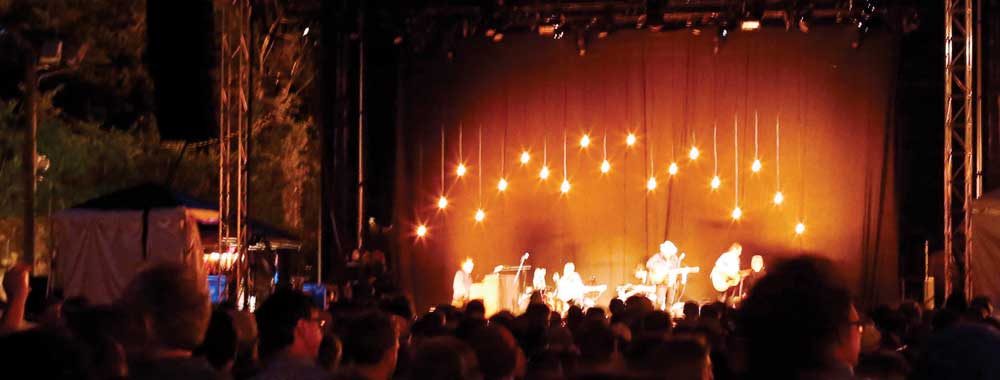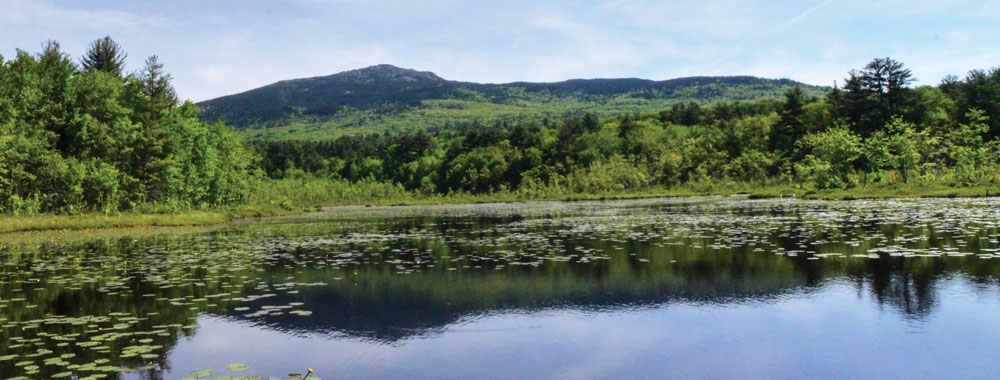Mother Nature always gets the last laugh.
By Simon Winchester
By now, or certainly during the shelf life of this magazine, we will have encountered that substance which is the bane, the boon or the blessing of the season: that cold, slippery and all-too-solid form of dihydrogen monoxide which, existing only below 32 degrees Fahrenheit, zero Celsius and 273.16 kelvins is called in our language, ice.
I have an ice story — or by moving a single letter, I have a nice story.
It relates to some experiences I have had, both a long while ago and then again more recently, in a seldom-visited corner of East Greenland.
There is in geology — a profession of which I was once a junior member — a phenomenon called a layered igneous intrusion. (This, I promise, will be the only jargon in the story.) Such a thing occurs when a body of molten rock takes so long to cool that all the minerals within it separate into layers, depending on their density. Heavy minerals — iron, platinum, cobalt — will fall slowly to the bottom, while lighter crystals — of aluminum, silicon, magnesium — will float slowly to the top.
Once the body has cooled and become solid, these layers, now locked in place, can be fantastically pure: I was once in western Montana, which sports one of these rather rare bodies of rock, and spied a ridge running die-straight through the meadows and up into the pine forests. It was chromium, as shiny and pure as on a car’s fender, and when I hit it with my hammer it rang out clear as a bell. Detroit could have had a field day had this body been discovered in those glorious times when cars were covered in chrome.
My intrusion is known as the Skaergaard, it was found in a mountainous part of the East Greenland coast back in 1930, and by the professor who headed my Oxford department.
From his icebreaker out among the floes, the formation looked like a body of layered rocks, maybe limestones or sandstones, and he thought he might find fossils in it.
But close up it turned out to be an immense confection of hard volcanic rock, and after he had studied it for the better part of a month he came, excitedly, to a remarkable conclusion: that but for the ice and snow that mostly covered it, the Skaergaard was probably hugely rich in rare and costly minerals.
There might be gold there, platinum too, and palladium. But for the ghastly conditions — remoteness, blizzards, storms and a summer ice pack so thick it often defeated the red-hulled icebreakers that came up from Copenhagen to supply the local Inuit coastal communities — this could be a mining site like few others in the world.

I saw it myself, in 1965, when I went on an expedition. Peeking from under the ice were dozens of strange multicolored layers of rock — inaccessible to most, and like a King Solomon’s cave of buried treasure. If only, I said to myself.
But then came climate change, and global warming. And steadily over the years since I was last there, almost all of the Skaergaard’s swathing of ice has now gone. Its has melted away, its glaciers have retreated and in some summer seasons, like this one just over, you can get there without a bull-nosed ship to break up the pack ice, because, with the warming Arctic seas, there just isn’t any.
And so recently geologists, now free to wander at will, have swarmed over the newly exposed rocks. Sure enough, just as my professor predicted, there is enough gold in the Skaergaard to melt the hearts of Midas and Croesus and to give our president a lifetime of fancy gilded doorways. Millions of troy ounces of the stuff, together with enough platinum to meet the demands of every jeweler in creation, and sufficient palladium to keep us in catalytic converters for decades. And all now — thanks to our wanton carelessness with carbon emissions — ice-free, exposed and ready for the taking.
An Australian mining firm recently did a deal with the Greenland government to do just that. (When I was there all dealings — like permission even to go there — had to go through Denmark, then the colonial overlords. Since 2009, Greenland has been its own master, in all but defense and foreign policy. If anyone wants to exploit its minerals, permission has to be sought in the country’s capital, which if you don’t know, is a city called Nuuk, population 17,000.)

Greenland said yes to the Australians: Do some surveys, tell us how much ore is there now exposed to the summer sun, and we’ll let you know how much we’ll charge you for the license.
Which is what happened. A small rig was set up, holes were drilled, assays were performed, calculations were made and fees paid most happily — because it was evident that a fortune awaited whoever was bold enough to sink the first mine. No matter that the company would ruin the peace and Arctic silence and turn the hitherto pristine terrain into a moonscape. There was gold in them thar hills, and a great deal of money to be made.
Well, good things happen in this world, once in awhile. And I am happy to report — since this is the season of happiness — that good things happened here at the Skaergaard in East Greenland.
For if you recall the phrase that “Man proposes, but God disposes” — that is more or less what happened here.
A mining camp was duly established, generators started roaring, pumps began thundering, drills started tearing away at rocks that had been hidden under ice for millions of years — until very early one morning there came an outbreak of quite another kind of roaring altogether. For the Australians suddenly found themselves and their camp surrounded and then invaded by scores upon scores of very ill-tempered, disturbed and hungrily angry polar bears.

A panicked exodus to the helicopters, a barrage of shotgun fire, and all the frightened miners managed to get away, just, and turned their choppers eastward for a hurried flight back to their bases in Iceland. As they gained height and looked down, they could see the brilliant white bears clambering over the now abandoned drilling rigs, bent on getting to the food stores. And restoring the status quo ante.
The mining was over. Peace returned. Greenland was returned to the arctic quiet of old. I could imagine the bears giving each other high-fives. I would have joined them, except that they wouldn’t have been sure that I wasn’t an Australian miner either. That aside, the episode seems to me a perfect reason to celebrate Thanksgiving this season — with Nature sternly reminding us, by way of that Iceberg Army of highly motivated polar bears, that She runs our planet still, and not us.
Simon Winchester, an author, journalist and traveler, lives on a farm in Sandisfield, Massachusetts.
Chris Serra is an artist and illustrator, whose work appears in newspapers and magazines, both nationally and internationally. He is a page designer at the Berkshire Eagle.
